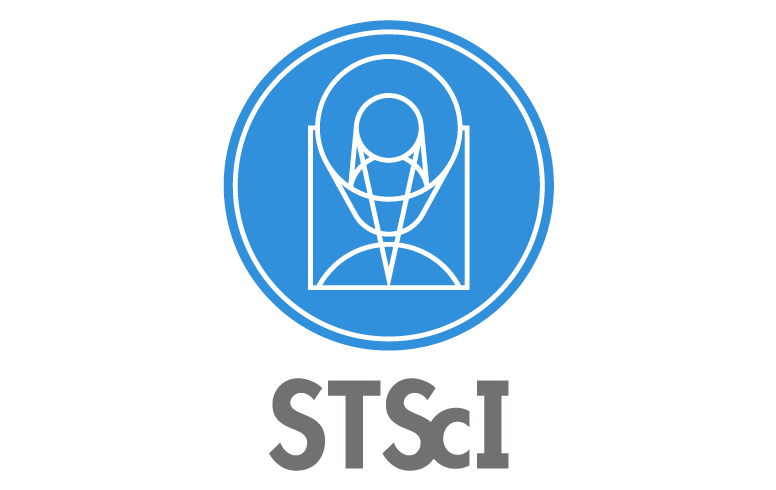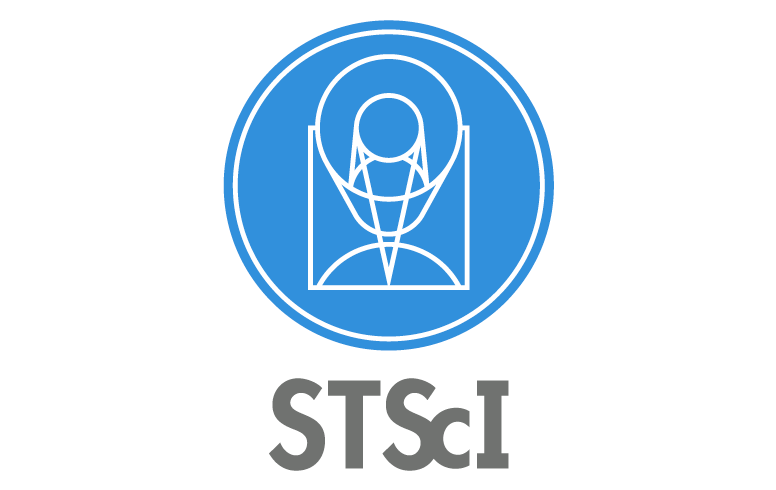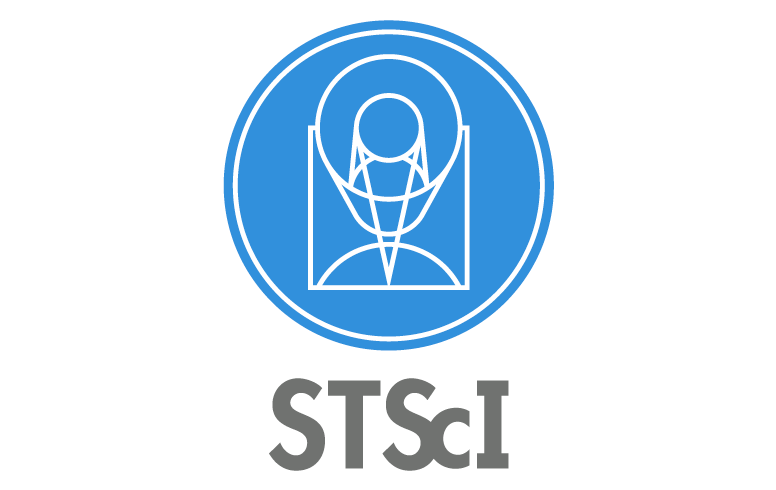
Formation scenarios of the solar nebula invoke two main reservoirs of water ice that may have taken part concurrently into the production of solids. In the first reservoir, which is located within the heliocentric distance of 30 AU, water ice infalling from the Interstellar Medium (ISM) initially vaporized into the hot inner part of the disk and condensed in its crystalline form during the cooling of the solar nebula (Kouchi et al. 1994; Chick & Cassen 1997). The second reservoir, located at larger heliocentric distances, is composed of water ice originating from ISM that did not suffer from vaporization when entering into the disk. In this reservoir, water ice remained mainly in its amorphous form. From these considerations, we discuss here the trapping conditions of volatiles in planetesimals produced within the outer solar nebula and their implications for the origin and composition of gas giant planets, their surrounding satellite systems and comets. In particular, we show that the formation of icy planetesimals agglomerated from clathrate hydrates in the solar nebula can explain in a consistent manner the volatiles enrichments measured at Jupiter and Saturn, as well as the composition of Titan’s atmosphere.
 Contemporary Water and Habitability of Mars
Contemporary Water and Habitability of Mars Astrobiology and the Antropocene Epoch
Astrobiology and the Antropocene Epoch Planets, Life, and the Universe Lecture Series (2009 - Present)
Planets, Life, and the Universe Lecture Series (2009 - Present) Blood Falls: Portal Into an Antarctic Subglacial Microbial World
Blood Falls: Portal Into an Antarctic Subglacial Microbial World